Cats are some of the most misunderstood animals. Many ideas people have about them are anecdotal or based on folklore. We know that they are closer to their wild side, and many of their behaviors are instinctive, such as scratching or chasing mice. However, the image of the lone feline stalking prey at night is only partially true.
It applies to most species, including your pet’s ancestor, the African Wild Cat (Felis silvestris libyca). While domestic cats are considered solitary hunters, they are a highly adaptable species and may form social groups. The caveat is that there must be abundant food and other resources for it to work. Interestingly, they share this trait with another feline, the African Lion.
Whether it’s better to have more than one cat depends on your home, the individual cats, and the attention and resources you can provide. Some cats may thrive with a feline companion, enjoying social interaction and play, while others are perfectly content on their own. You can certainly have more than one cat at home, but it’s important to consider each cat’s personality and needs, as adding another cat could stress an individual who is already enjoying a solitary existence.
Feral Cat Populations
Feral cats are free-roaming domestic felines. The estimated population is about 32 million animals in the United States 1. They provide the basis for answering our question. Contrary to popular belief, these felines can form social groups despite being wild cats. They may have escaped from somewhere or never have been socialized. The factors governing these populations are also resource-dependent.
The takeaway is that domestic cats are capable of forming social groups without human intervention. Remember that even though they are predators, other animals, such as foxes, coyotes, and wolves, are higher on the food chain than they are. Abundant resources also remove the driver of territorial conflicts. The next question is how this evidence translates into keeping cats at home.
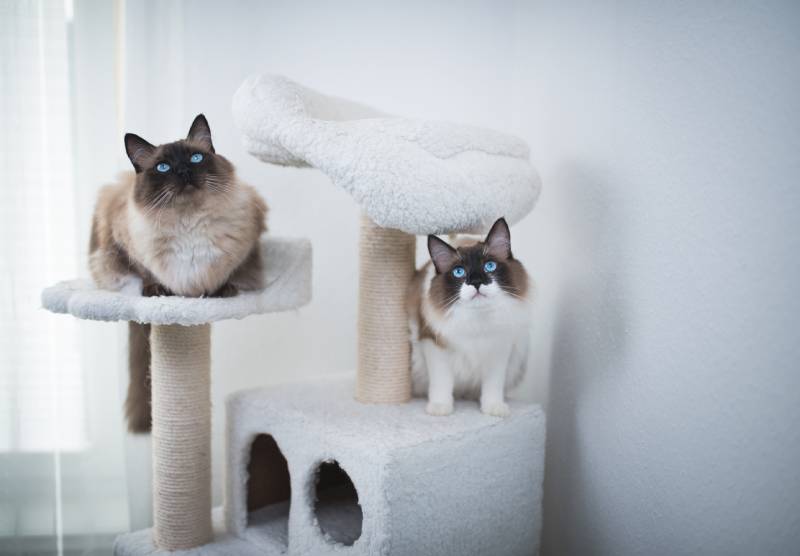
Domestic Cats at Home
Roughly 68% of US cat owners don’t let their pets outdoors. It’s the best choice for the animal’s health by limiting exposure to preventable threats, such as traffic, wildlife, parasites, and disease. However, we must still consider the individual cat.
Cats are capable of long-term memory. They can observe and learn. You can also train your pet. These details are significant because they support the need for mental stimulation and enrichment in their lives. Life in the wild is filled with challenges, and life as an indoor pet is pretty dull in comparison. That makes play vital for your cat’s mental well-being.
Separation-Related Problems
People often think of dogs as being the ultimate companion. However, research shows cats can become just as attached to their caregivers as canines. Playtime isn’t only about burning off excess energy; it also involves bonding and trust-building. Due to a combination of factors, cats with a strong bond with their caregiver can end up developing separation anxiety in certain circumstances.
Signs of separation-related behaviors include the following:
- Excessive vocalization
- Inappropriate elimination
- Destructive behavior
- Excessive grooming
If your pet is showing these signs, we suggest you speak to a vet.
If you need to speak with a vet but can't get to one, head over to PangoVet. It's an online service where you can talk to a vet online and get the advice you need for your pet — all at an affordable price!

Some opt to get a cat for a pet because they believe they are self-sufficient. While that’s true to a degree, they are also somewhat social animals, as we’ve shown. They thrive with the companionship they share with their caregivers. Therefore, if you can’t devote adequate time to your pet, a second or even third cat is an excellent choice to prevent these unwanted behaviors and improve their quality of life.
Pet ownership isn’t like having a toy you take out to play with once in a while; it’s a serious responsibility. You must provide a safe and happy home for your pets. That includes a healthy diet and enrichment for the animal’s mental well-being. Adding another cat to the home can be a wonderful addition for some cats, providing social interaction and extra playtime, but many cats may not tolerate a companion as well. Siblings that have been raised together are more likely to get along, particularly if they were very sociable as kittens.
Final Thoughts
The nature of our feline companions has evolved just like our relationship with our pets. Their ancestors were solitary because of the survival benefits of this lifestyle. The domestic cat is another story. Cats can adapt to living in groups, particularly when they don’t face intense environmental pressures like competition for food, water, and shelter. In fact, we see some feral cat populations readily forming groups on their own.
When it comes to our pets, the decision about whether to get a companion often comes down to the individual cat. Some felines truly thrive on their own and prefer being the sole focus of their human’s attention. However, others, such as siblings or those who form a bond early, can live very happily together. Regardless of their living arrangement, all cats must have mental stimulation for a good quality of life.
Featured Image Credit: xixicatphotos, Shutterstock
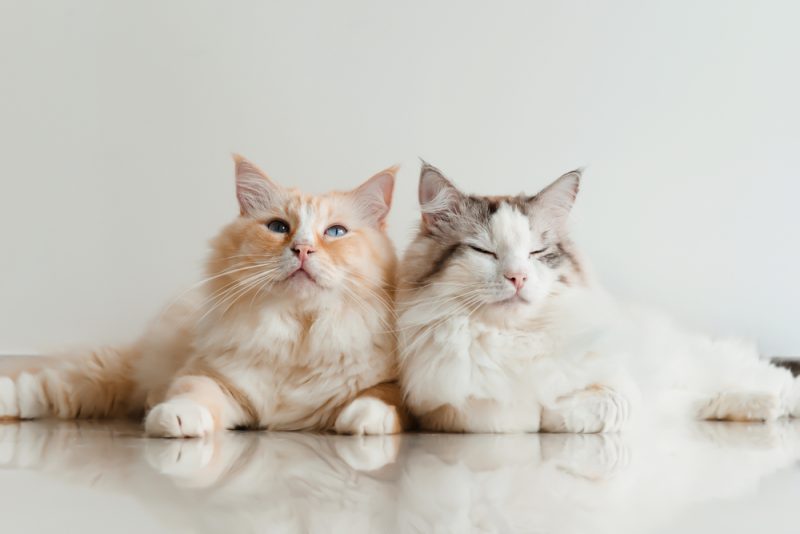


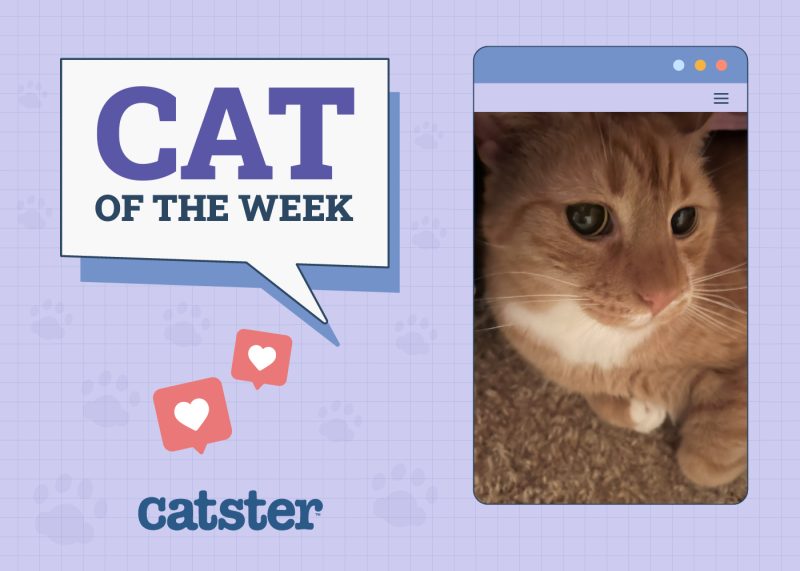
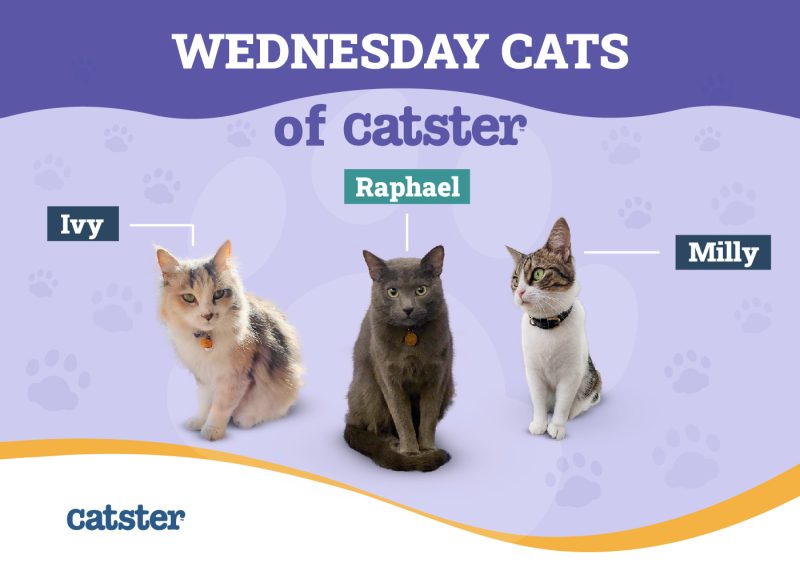
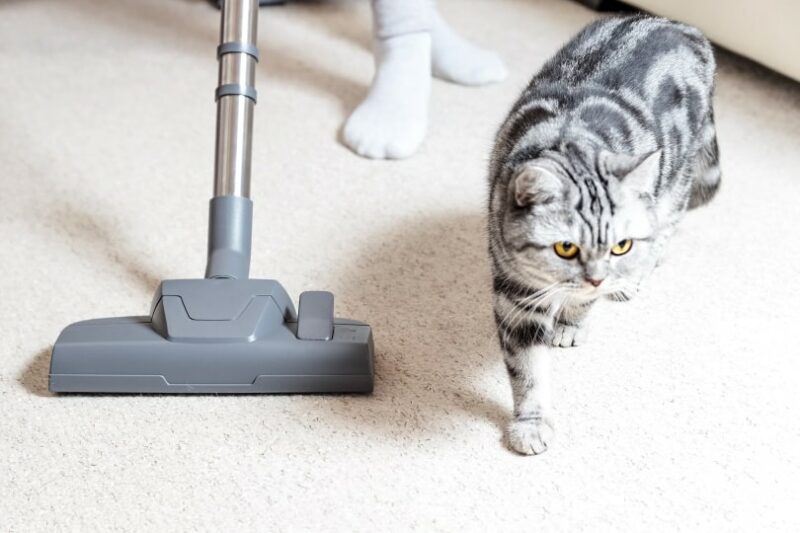
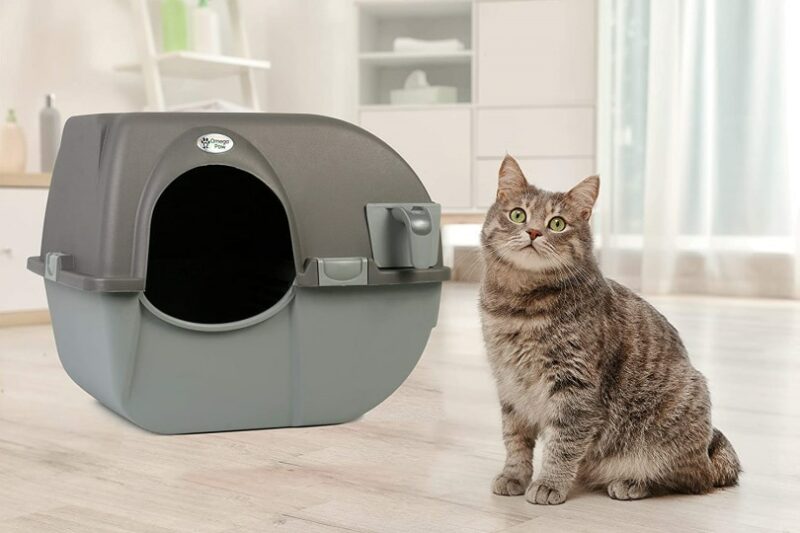
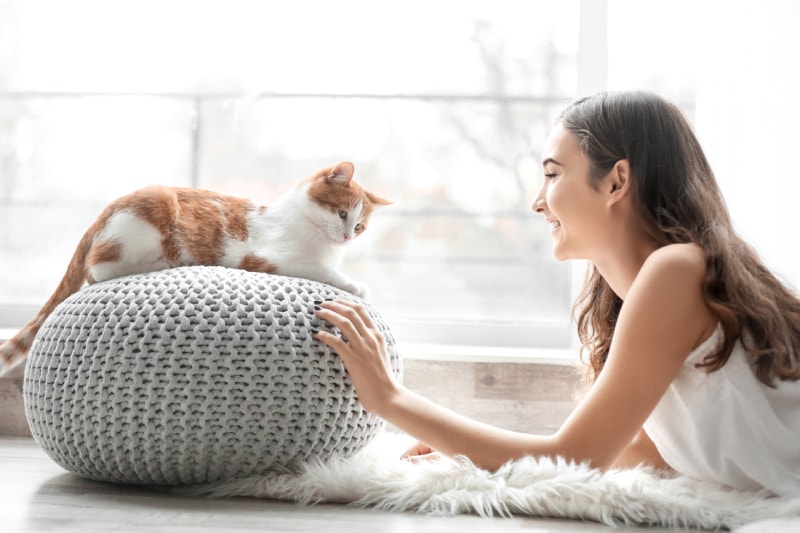
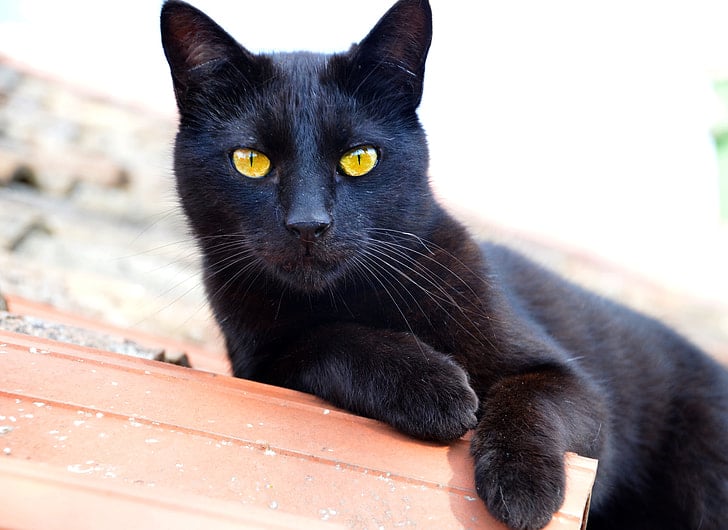
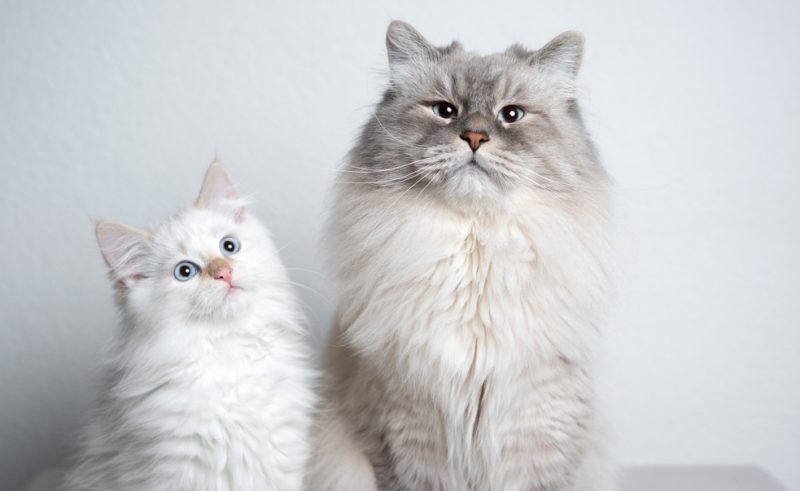

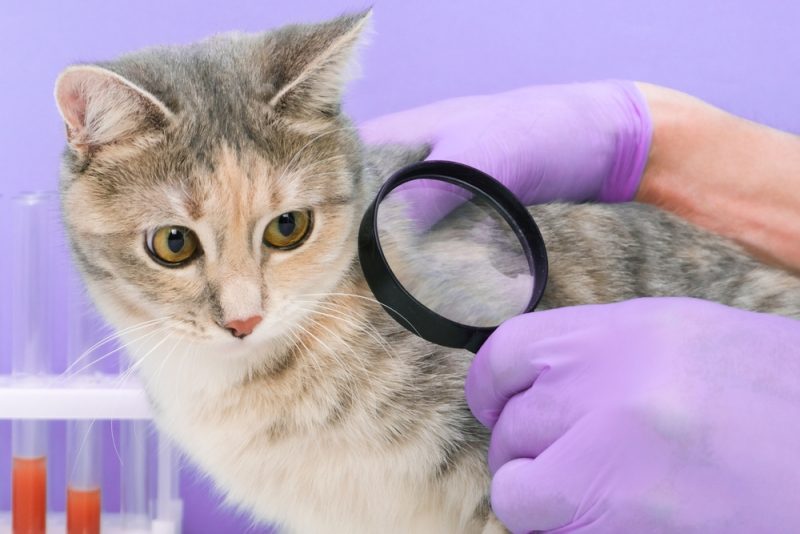
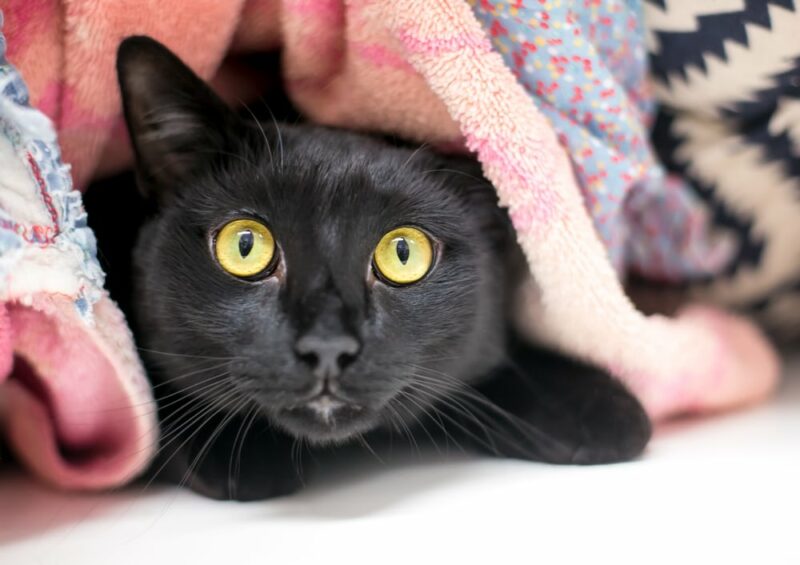
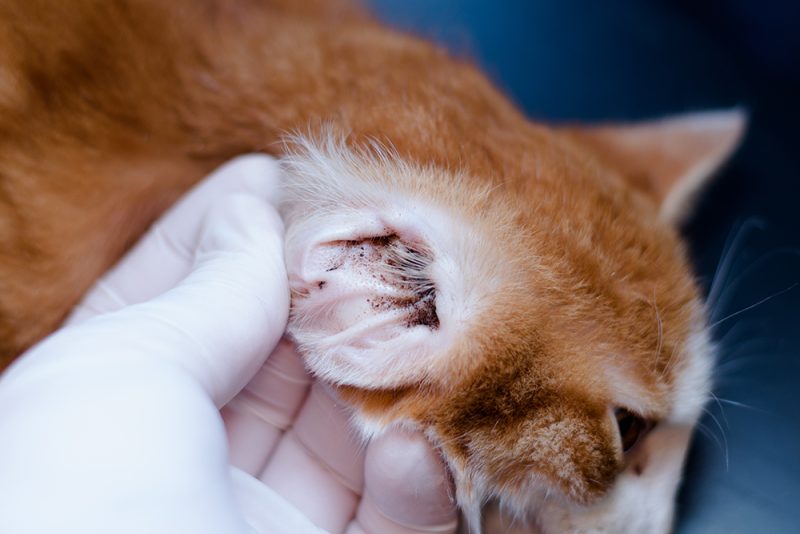
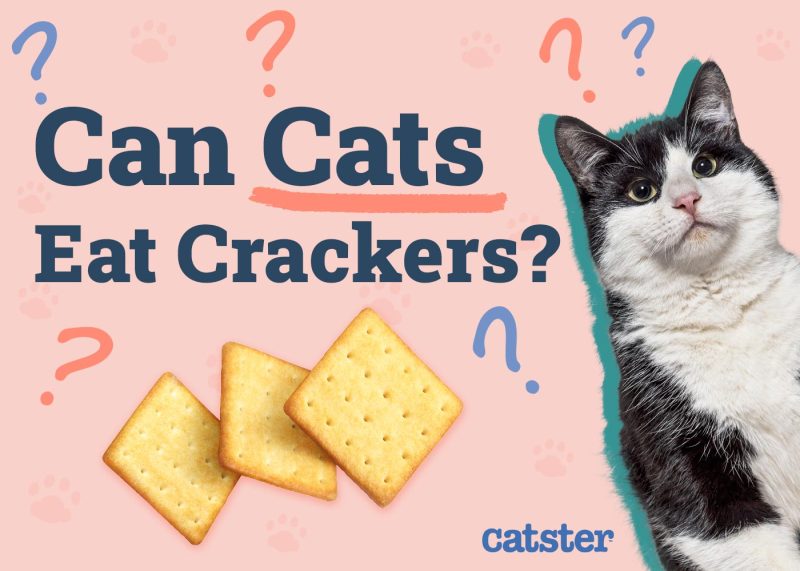
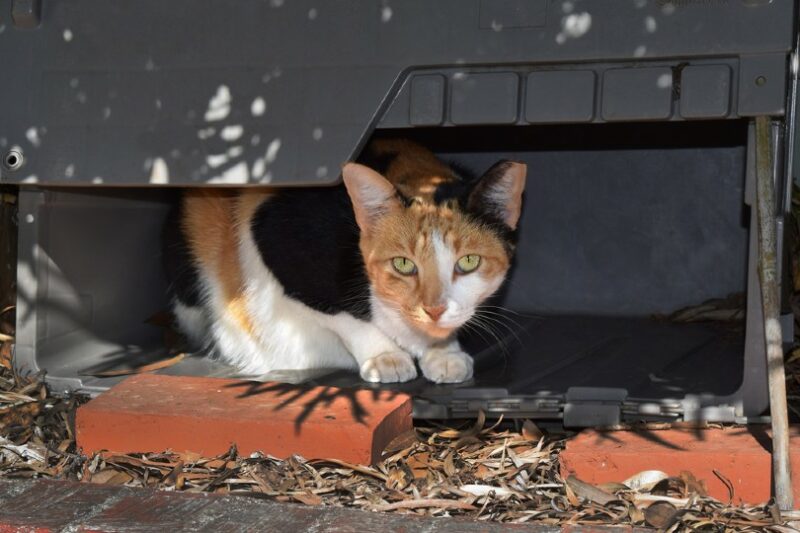
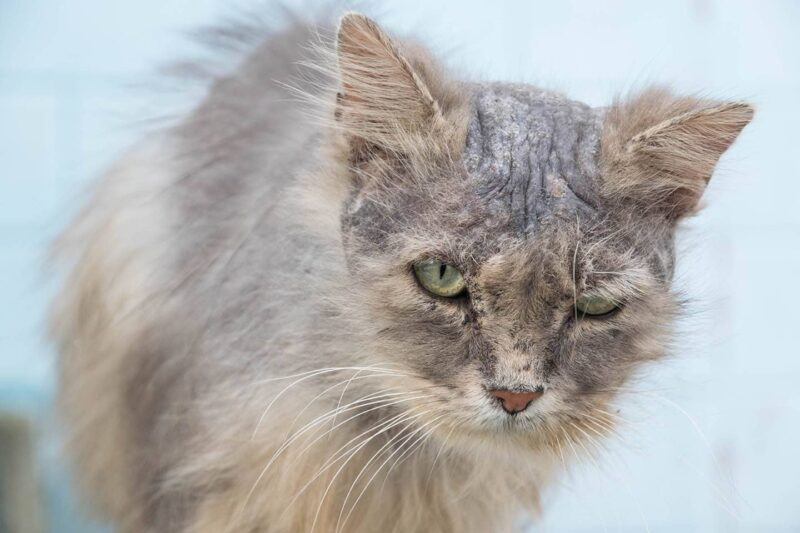

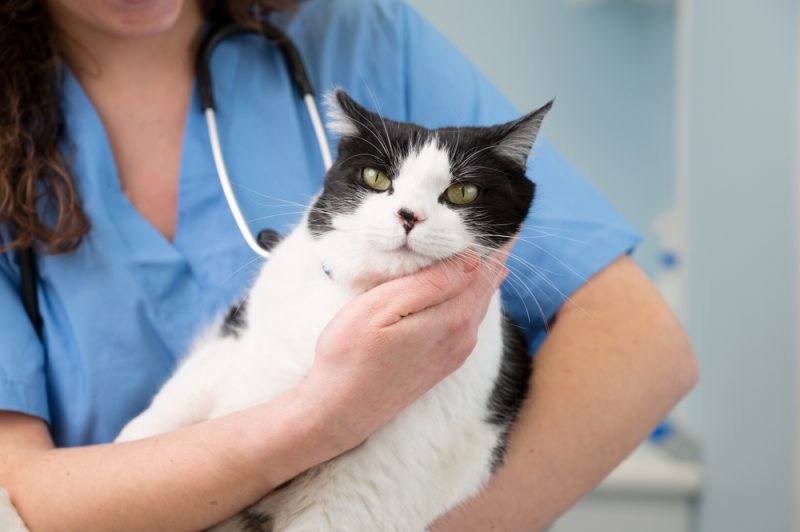

4 Responses
Great article. Looking forward to the next one. Keep up the good work.
Thanks, Ron! Glad you enjoyed it.
I have 6 cats. My first 3 foster fails are 6 years old. Now I have 3 more foster fails who were about 2 weeks old and now are 10 weeks old. The big cats are slowly starting to adjust to the kittens.
Hi Tracy,
Thank you for sharing your wonderful story! It sounds like you have a lovely and busy household with your six cats. It’s heartwarming to hear that your older cats are gradually adjusting to the new kittens. Introducing new members into the family can take time, but it sounds like you’re doing a great job managing the transition.
Best wishes to you and your feline family!